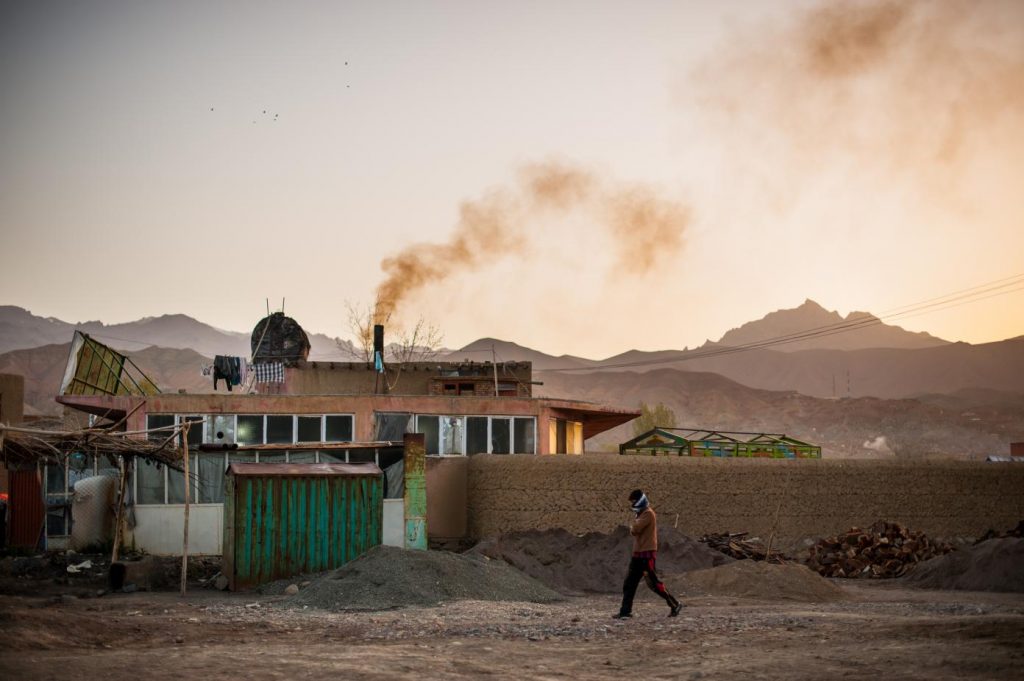iMMAP Afghanistan is pleased to announce the launch of the project; Information Management for Disaster Risk Reduction and Response (IM-D3R). The project, funded by USAID, aims to improve DRR efforts and impact of the humanitarian response in Afghanistan. iMMAP will provide IM products, mapping support, and monitoring and assessment services to key partners, including humanitarian clusters, UN agencies, and I/NGOs. The project began on March 1st, 2022 and will be implemented for 22 months, ending on December 31, 2023.
iMMAP Launches New Project to Improve Disaster Risk Reduction and Response Through Information Management Support in Afghanistan
iMMAP has recently launched a new project, with the support of USAID, to improve disaster risk reduction (DRR) efforts and the impact of humanitarian response in Afghanistan by providing high-quality information management (IM) products and interactive tools to inform evidence-based decision making.

According to OCHA’s publication “Afghanistan: Summary of Humanitarian Needs and Planned Response (2022)”, the country is descending into the worst humanitarian crisis in the world. Amidst the backdrop of an already dire situation following over 40 years of war, economic decline, price increases, and rising poverty, in 2021 the people of Afghanistan faced intensified conflict coupled with the worst drought in 27 years. As a result, 24.4 million people – 58% of the population - are in need of humanitarian assistance in 2022, a staggering 32% increase from last year.
IM-D3R’s activities are directly linked to disaster risk management and the humanitarian response and build on the achievements of the previous USAID-funded project; Humanitarian Information Management for Natural Hazards and Emergency Response (HIM-NHER). The IM-D3R project includes new activities that address the changing and worsening humanitarian context by building, enhancing, and reactivating critical tools for collecting, processing, and sharing information with and among humanitarian actors for timely action and efficient response planning.
The primary objective of this project is to improve the impact of the humanitarian response in Afghanistan by assisting the humanitarian community to prepare for, respond to, and mitigate the impacts of natural hazards. Additionally, through this project, iMMAP will provide critical IM support, services, products, and capacity strengthening, including data management, mapping, reporting, and business opportunity insights to key partners through:
- IM support to the clusters, sub-clusters, working groups, UN agencies, OCHA, and I/NGOs.
- IM services to NGOs and civil society groups/organizations through analysis, advisory and consultations, product design, development, delivery, and maintenance.
- Web-based tools and dashboards for timely compilation of information from multiple sources along with the consolidation, storage, and redistribution of data relevant to crises and natural hazards, e.g., ReportHub and Afghanistan Spatial Data Center.
- IM training and internships to develop national IM capacities.
By building on iMMAP’s success in improving IM capacity in Afghanistan, iMMAP, through this project, will continue supporting humanitarian actors throughout the country by providing access to critical, relevant, and timely information through IM products, capacity strengthening activities, mapping/cartography, and geospatial analysis.
About iMMAP
iMMAP is an international not-for-profit organization that provides IM products and services to humanitarian and development organizations, enabling partners to make informed decisions that ultimately provide high-quality targeted assistance to the world’s most vulnerable populations.
Funded by USAID, iMMAP has been actively operating in Afghanistan since 2010, delivering IM products and services to key partners in DRR and humanitarian response.
For more information, contact: rep-afghanistan@immap.org


